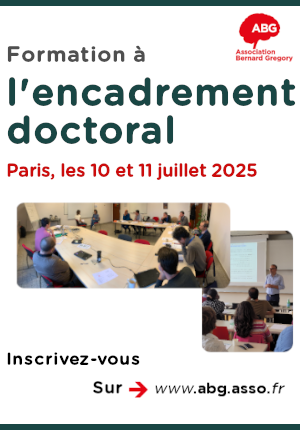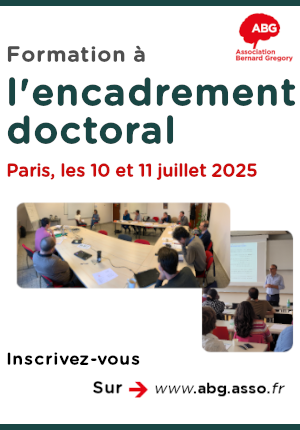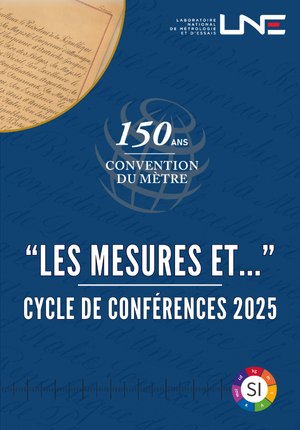Hyperspectral Compressive Microscopy for Health Sciences
| ABG-132723 | Sujet de Thèse | |
| 30/06/2025 | Cifre |

- Sciences de l’ingénieur
- Informatique
- Physique
Description du sujet
Motivation:
Hyperspectral microscopy captures the two-dimensional spectral distribution of an object, known as a hypercube, at the micrometer scale. This means that each pixel within a hyperspectral frame contains a continuous spectrum. Various methods have been developed to acquire both spatial and spectral information, tailored to specific performance requirements such as spatial resolution, number of spectral bands, and temporal rate. These include point scanning, line scanning, and instantaneous acquisition techniques [J. Biophotonics 8(6), 441 (2014)]. Despite these advancements, current hyperspectral microscopy systems remain relatively expensive and complex to implement.
To address these limitations, researchers have explored methods utilizing point detectors to develop more affordable yet high-performance imaging techniques [IEEE Signal Process. Mag. 25, 83 (2008), Nat. Photon. 13, 13 (2018)]. This approach often involves modulating the illumination beam and reconstructing the hypercube using inverse transformations (e.g. inverse Fourier transform [Nat. Commun. 6, 6225 (2015)]) or more advanced algorithms (e.g. based on total variation minimization [IEEE Signal Process. Mag. 25, 83 (2008)]). Alternatively, passive illumination can be employed, necessitating filtering of the back-reflected signal in the collection path. Recent advancements in computational optics and algorithms, particularly the integration of deep learning with standard reconstruction methods, have significantly improved the reconstruction quality and the speed [Opt. Express 29, 17097 (2021), Opt. Express 33, 27988 (2025)]. Such computational methods are highly applicable to both hyperspectral imaging [2019 ICASSP, 7810-7814 (2019), Sensors 20, 1132 (2020), Opt. Express 31, 15599 (2023)] and microscopy [Optica 1, 285 (2014), Appl. Phys. Lett. 125, 071108 (2024)].
Thesis work:
A critical challenge persists: current hyperspectral acquisition times remain long. This extended acquisition duration can be detrimental to biological samples and precludes real-time tracking of dynamic processes. This PhD project aims to overcome this fundamental limitation by developing novel approaches for high-speed hyperspectral microscopy, enabling rapid and non-invasive investigation of biological systems. The PhD student will thus be in charge to setup a hyperspectral microscope optimised for fast acquisition rate while avoiding phototoxicity of the samples. Furthermore, she/he will work on the implementation on innovating algorithms (\emph{i.e.} standard algorithms or machine learning approaches) where not only the speed of the processing and the reconstruction, but also its efficiency will be optimized to handle large three-dimensional volumes without requiring excessive computational resources. The microscopy technique will be used, for example, to observe rapid cellular dynamic processes.
Nature du financement
Précisions sur le financement
Présentation établissement et labo d'accueil
This thesis program consists of a three-year CIFRE industrial PhD, supervised by CREATIS (Lyon, France) and Photonics Bretagne (Lannion, France). The student will be mainly based in Lannion and will tightly interact with CREATIS for their strong expertise in image and signal processing, and implementation of algorithms for optical methods. During the thesis work, the student will be required to travel to Lyon for the collaboration with CREATIS and training from the doctoral school. This PhD position will be funded, starting in autumn 2025 for a duration of 36 months.
CREATIS is a multidisciplinary laboratory with a wide range of expertise in medical imaging and plays a major role in the field of healthcare technologies. It is renowned for its expertise in magnetic resonance imaging, ultrasound, X-rays, and optics, with knowledge in physics, mathematics, computer science, and instrumentation. Thus, CREATIS possesses all the necessary skills to optimize every step of the imaging process from acquisition to image analysis to medical diagnosis assistance. Through long-standing collaboration with hospitals, CREATIS contributes to the development of future personalized and predictive medicine.
Photonics Bretagne is a Research & Technology Organisation (RTO), promoting and developing photonics technologies for public and industrial partners and at the regional and international levels. Biophotonics Group aims to accelerate the development of photonic innovations for health, marine environments, and agriculture. Its expertise consists of optical design and instrumentation, detection and collection, signal and image processing and analysis, and metrology.
Intitulé du doctorat
Pays d'obtention du doctorat
Etablissement délivrant le doctorat
Ecole doctorale
Profil du candidat
We are looking for a motivated PhD candidate to develop a new method in hyperspectral microscopy. Applicants must hold a MSc (or equivalent such as French engineering school) in physics with a focus on photonics, in optical engineering or in applied mathematics. Both theoretical and experimental knowledges in optics and microscopy are really appreciated. Experience in single-pixel imaging is a good thing, but not necessary. The successful candidate will develop skills in optical instrumentation, in computer science (deep learning and signal processing), and in applied mathematics.
Vous avez déjà un compte ?
Nouvel utilisateur ?
Vous souhaitez recevoir nos infolettres ?
Découvrez nos adhérents
 Ifremer
Ifremer  SUEZ
SUEZ  ASNR - Autorité de sûreté nucléaire et de radioprotection - Siège
ASNR - Autorité de sûreté nucléaire et de radioprotection - Siège  TotalEnergies
TotalEnergies  MabDesign
MabDesign 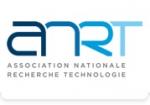 ANRT
ANRT  Aérocentre, Pôle d'excellence régional
Aérocentre, Pôle d'excellence régional  MabDesign
MabDesign  Tecknowmetrix
Tecknowmetrix  ONERA - The French Aerospace Lab
ONERA - The French Aerospace Lab  Généthon
Généthon  CESI
CESI  Laboratoire National de Métrologie et d'Essais - LNE
Laboratoire National de Métrologie et d'Essais - LNE  Groupe AFNOR - Association française de normalisation
Groupe AFNOR - Association française de normalisation  CASDEN
CASDEN 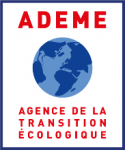 ADEME
ADEME  Institut Sup'biotech de Paris
Institut Sup'biotech de Paris  Nokia Bell Labs France
Nokia Bell Labs France 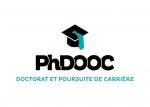 PhDOOC
PhDOOC

